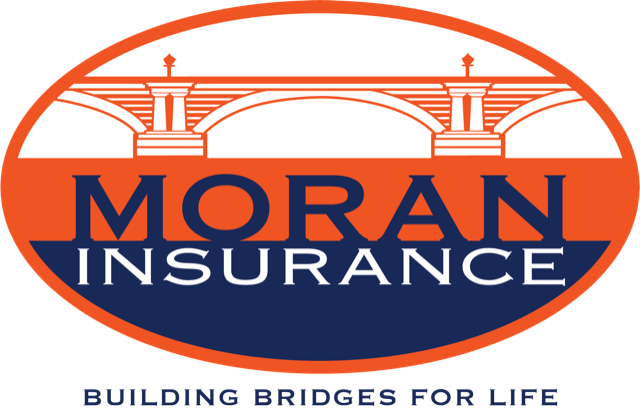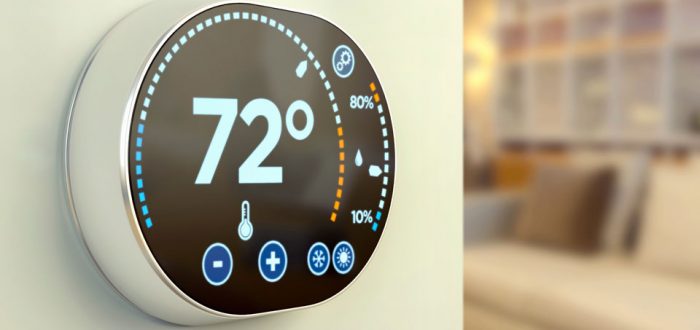Did you ever leave for work without turning down the heat on a blustery winter day? Or head out for a day trip in the middle of summer without dialing down the air conditioning for your dog? A smart thermostat can help you heat and cool your home more efficiently, monitor your energy consumption and let you control your home’s heating and AC systems from your smartphone, wherever you may be. These devices can help protect your home from damage caused by frozen pipes by alerting you if your home is getting dangerously cold. But there are also some important safety considerations.
How Smart Thermostats Work
Unlike traditional and programmable thermostats, many smart thermostats learn and adapt based on temperature, humidity and your family’s behavior, including when you and your family are likely to be home, awake and asleep. Your smartphone acts as a remote control for your heating, ventilation and air conditioning systems, allowing you to change the temperature from wherever you have a signal. Another benefit includes automated notifications if the temperature in your home rises or falls above or below a set threshold. For homeowners who travel frequently or who own a second home, these devices offer the ability to remotely monitor their property.
Key Considerations for Using Your Smart Thermostat
During cold temperatures, with a more traditional thermostat, you turn down the temperature when you leave your home and dial it back up when you return. With a smart thermostat app controlled by your phone, you are able, and might be more motivated, to turn down your system to a low temperature to conserve energy from wherever you may be. But be wary as turning the thermostat down too low could result in frozen pipes, Travelers Risk Control professionals warn. Be sure to keep the temperature at 55°F or higher to help keep the interior of the floor and wall cavities, where water piping can be located, above freezing temperatures.
As part of the Internet of Things, smart thermostats are also subject to hacking and privacy concerns. You may think there is less of a safety concern than with smart locks or other security-related smart devices, as there is less incentive for hackers to target these devices. However, smart thermostats can provide details about your daily comings and goings, which a thief could find insightful.
A prudent step would be for homeowners to make sure their devices are hard-wired to the Internet, rather than relying on a Wi-Fi connection. Choose a strong password and evaluate any specific safety concerns before you decide to buy a smart thermostat. As with any smart device, make sure it is compatible with your other devices or hub because not all devices communicate well with each other. The packaging for these smart devices may not offer detailed installation instructions, so you may want to consult a professional to help install them properly.
https://www.travelers.com/resources/home/smart-home/how-smart-thermostats-help-protect-your-home



